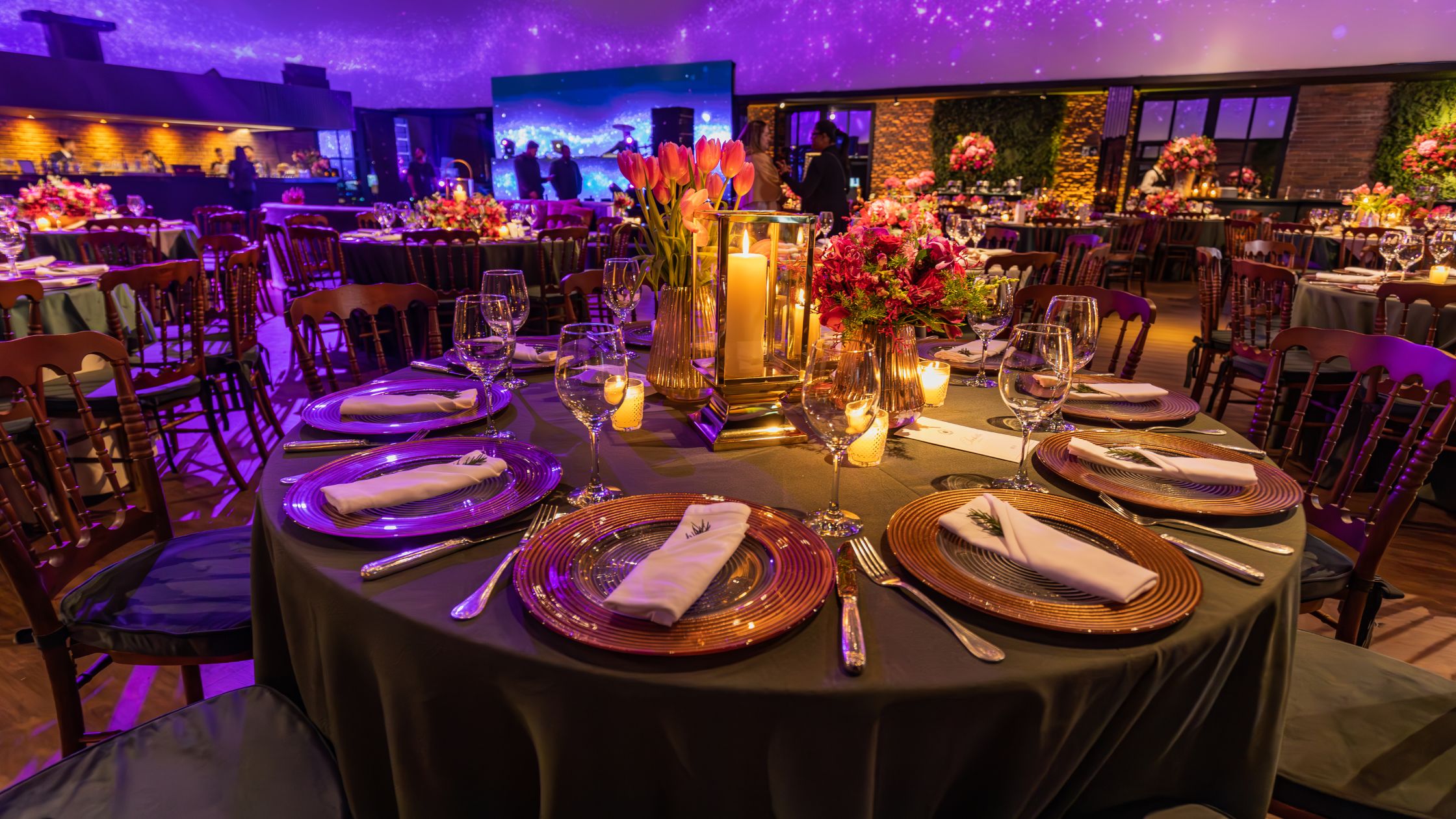We know that storytelling and strategy are the backbone of powerful nonprofit events. We sat down with Myriam Michel, founder of M&M Elite Events, to explore how nonprofits can plan gatherings that don’t just inspire, but also raise real results.
With over 15 years of experience working with mission-driven organizations, Myriam has helped her clients raise hundreds of thousands of dollars by designing events that are inclusive, intentional, and aligned with their cause.
What does M&M Elite Events do?
Myriam: We solve clients’ problems through events. We primarily work with mission-based organizations that want to raise money and awareness. Our job is to design events that have real impact and purpose, events that speak to both the people they serve and the people they need to engage.
What’s the biggest mistake nonprofits make when planning an event?
Myriam: Establishing a budget, and not knowing why they’re even having the event. If you’re hosting something just to throw a party, that’s not a good reason, and very expensive. You need to establish what you are trying to accomplish with this event. And the event should align with your mission, move the needle, and make financial sense. We always start by creating a budget and a roadmap. From there, every decision ladders up to the event’s purpose.
How do you keep nonprofit events mission-focused and inclusive?
Myriam: Always include the voices of the people you serve. When planning any event, especially in the nonprofit space, you want to make sure it touches on the people you’re serving, and not just on the sponsors.
That might mean inviting a student to share their story or including community members in the event itself. People connect with real stories. It’s those moments that motivate action and generosity.
How do you make sure sponsors are engaged beyond just writing a check?
Myriam: We love to create mutually beneficial sponsor experiences. One tactic is encouraging sponsors to buy a table and then donate some of the seats to community members or people directly impacted by the nonprofit’s work. It brings donors and beneficiaries together in a meaningful way. Sponsors want more than a logo on a sign. They want to know where their money is going, and they want stories.
Are there other tactics to engage donors?
Myriam: Yes, using a “fund-to-need” strategy is a very easy way to show a donor where the money is going. That’s where you break the impact into tangible, emotional asks. Again, people connect to stories. An example of “fund-to-need” could be:: “$500 sends a student to summer camp” or “$1,000 buys art supplies for a whole classroom.” It’s an easy, powerful way to connect donors directly to your mission and really emphasize that impact.
How do you ensure events are more than just a one-day impact?
Myriam: Fundraising doesn’t end when the event does. We help clients build a follow-up plan with social media, thank-you notes, and impact reports. We break events into phases: pre-event (promotion and prep), during-event (engagement and storytelling), post-event (follow-up and retention). You want guests to leave as brand ambassadors, meaning people who keep showing up for your mission long after the event ends.
What results are you seeing when you work with these nonprofits to plan more strategic and intentional events?
Myriam: Very successful results! For example, we helped one client restructure their long-standing event to be more streamlined to save them money. And at that time, even during the pandemic, they brought in over $750,000 in profit, which doubled what they had anticipated.
Final advice for planning nonprofit events in 2025 and beyond?
Myriam: Keep your margins low and your mission front and center. You don’t need a huge budget to make an impact — you just need a strategy. You have to communicate your message and get people to be fans and ambassadors of the work that you’re doing. The best nonprofit events raise money and raise awareness. And the most successful ones? They’re not remembered for how fancy or expensive they were, but for how they made people feel.
This Q&A has been edited for clarity and conciseness. To watch the full video interview on YouTube, visit here.


